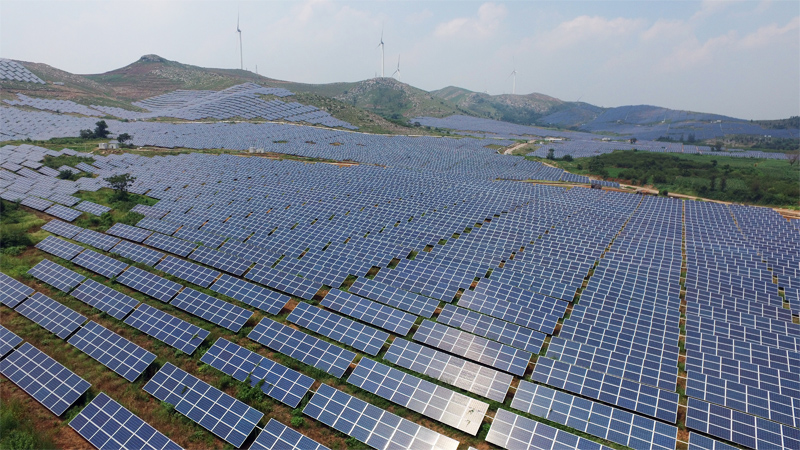- This topic is empty.
-
AuthorPosts
-
2025-09-04 at 4:39 pm #7623
Why Dust Is a Big Problem for Solar Panels
If you have ever walked through a solar farm after a dust storm, you know the challenge: panels that should be gleaming are instead coated in a dull gray layer. This is not just a cosmetic issue—dust, sand, and bird droppings can reduce solar panel efficiency by up to 30%.
For utility-scale PV farms, even a few percentage points of lost output can mean huge financial losses. Traditionally, solar panel cleaning has relied on manual washing with water and brushes, which is both costly and resource-intensive. In regions where water is scarce, like the Middle East, Africa, or western China, this becomes an even bigger problem.
What Is Electrostatic Solar Panel Cleaning?
Electrostatic solar panel cleaning is an emerging technology that removes dust without using water or brushes. By applying an electrostatic charge to the panel surface, dust particles are repelled and lifted away, leaving the glass clean and efficient again.
The beauty of this method is its simplicity and sustainability:
-
No water consumption
-
No abrasive brushes to scratch the panels
-
No leftover smudges or residue
Researchers at MIT and other institutions have demonstrated that electrostatic cleaning can significantly improve long-term PV performance while saving millions of gallons of water annually.

Benefits of Water-Free PV Maintenance
The shift toward water-free solar panel cleaning brings clear advantages for solar operators:
-
Water Conservation: Saves valuable water resources in arid regions.
-
Non-Abrasive: Gentle on the glass surface, ensuring panel longevity.
-
Eco-Friendly: Supports sustainable solar energy production.
-
Cost-Effective: Cuts labor and logistics costs associated with water transport.
-
Scalable: Suitable for both small rooftop systems and utility-scale solar farms.
For PV investors and O&M teams, this means higher efficiency, lower costs, and better ROI.
Electrostatic Cleaning vs. Traditional Methods
Traditional cleaning methods often involve water trucks, hoses, and manual labor. While effective in the short term, they are resource-intensive, expensive, and unsustainable in the long run.
In contrast, electrostatic solar panel cleaning requires no water, fewer workers, and provides more consistent results. As solar farms continue to grow in size, automation and water-free solutions are quickly becoming the industry standard for smart PV maintenance.
The Future of Smart Solar O&M
Electrostatic cleaning is part of a broader trend toward intelligent and resource-efficient solar maintenance. Other innovations include:
-
Nanocoatings that prevent dust from sticking to panels
-
AI-driven inspection robots that monitor panel health in real time
-
Predictive maintenance systems that schedule cleaning only when needed
What unites all these solutions is a simple fact: clean panels generate more power.
Key Takeaway
Electrostatic solar panel cleaning is not just a laboratory experiment—it’s a practical, scalable, and eco-friendly solution that addresses one of the solar industry’s biggest challenges. By moving toward water-free PV maintenance, the solar sector can maximize efficiency, reduce costs, and ensure a more sustainable future for renewable energy.
-
-
AuthorPosts
- You must be logged in to reply to this topic.